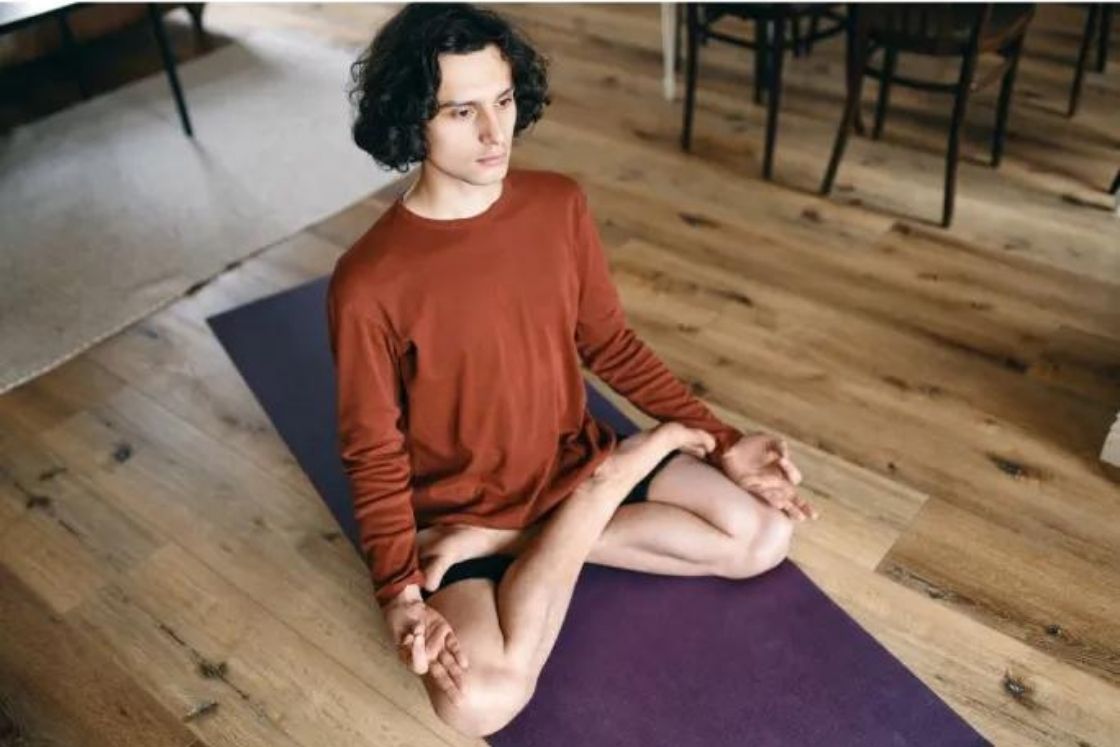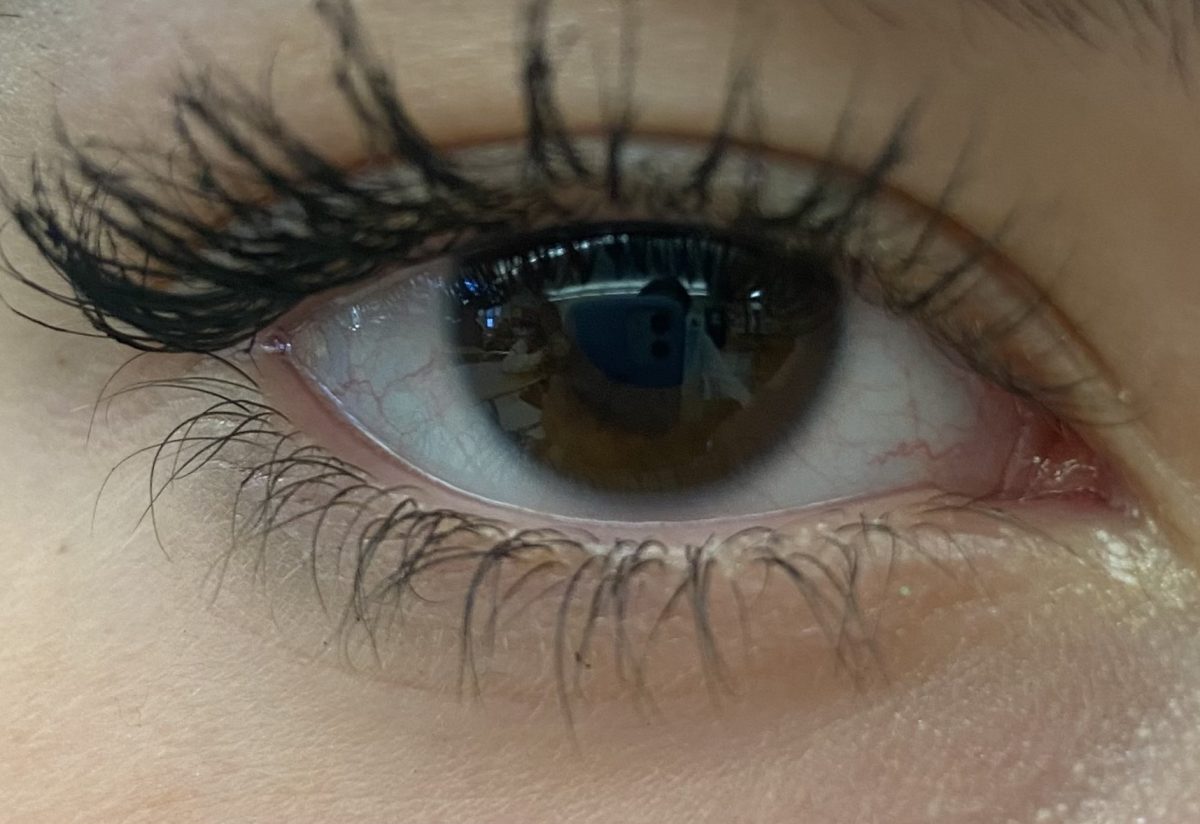Should You Meditate With Your Eyes Open or Closed?
When you’re new to meditation, there’s a lot to figure out: Which technique should you try? How long should you sit? How do you breathe? But here’s a question people often overlook: Should your eyes be open or closed?

There’s no single “right” answer — both ways have their own perks and challenges. Your choice can really shape your focus, your awareness, and how you experience your practice. Knowing the pros and cons can help you figure out what feels best for you and your goals.
Why Your Eyes Matter in Meditation
Where you direct your gaze has a big impact on your mental state. Closing your eyes blocks out visual distractions, helping you look inward. Keeping your eyes open gives your mind something steady to rest on — a key part of dharana, or focused concentration. For most beginners, meditating with closed eyes is usually the easiest place to start.
The Power of Drishti
Ancient yogis discovered that where your eyes go, your mind follows. That’s why they created drishti — a specific spot to focus your gaze on. With your eyes open, you might stare at a candle flame or a dot on the wall. With your eyes closed, you can use an inner drishti, like focusing on the space between your eyebrows — the third eye. This is believed to help quiet mental chatter and deepen awareness.
Vyutthana and Nirodha
In yoga philosophy, there are two mental forces: vyutthana and nirodha. Vyutthana is the outward pull — your mind wandering to distractions. Nirodha is the inward pull — the calm focus that brings you back to your center. Your mind naturally drifts outward sometimes. Closing your eyes can help settle that pull. Keeping your eyes open is trickier — you learn to notice distractions without getting carried away.
Pros and Cons of Closed Eyes
Benefits:
- Cuts out visual distractions.
- Helps you turn inward and focus.
- Good for deep relaxation and visualization.
- Can calm your body and mind.
Challenges:
- Can make you drowsy if you’re tired.
- Some people’s minds wander more with no visual anchor.
- Might feel uneasy for beginners or people prone to anxiety.

Pros and Cons of Open Eyes
Benefits:
- Helps you stay awake and aware.
- Good for practicing mindfulness in daily life.
- Less chance of falling asleep.
Challenges:
- You might get distracted by what you see.
- Harder to sink into deep focus.
- Can strain the eyes if you stare too hard.
- May take more practice to stay steady.
How to Decide
When choosing between open or closed eyes, think about:
- Your space: Quiet and safe? Closed eyes might help you go deeper. Busy or public? Open eyes might keep you grounded.
- Your experience: If you’re new, closed eyes are usually easier. If you get sleepy or zoned out, try open eyes.
- Your goal: If you want deep relaxation, close your eyes. If you want alert focus, keep them open.
You don’t have to stick to one way forever — experiment! Try both. You can even mix them: close your eyes to go inward, then open them at the end to ground yourself before getting up.
Techniques to Try
| Technique | Eyes | What It Is | Benefits | Challenges |
|---|---|---|---|---|
| Guided Meditation | Closed | Listen to a teacher’s voice. | Keeps you focused. | Needs an audio source. |
| Body Scan | Closed | Notice each part of your body. | Grounds you in the present. | Can stir up emotions. |
| Visualization | Closed | Picture calming scenes or energy flow. | Sparks imagination and focus. | Needs mental focus. |
| Breath Awareness | Open or Closed | Focus on your breath. | Simple, calming. | Easy to drift off. |
| Blindfold Meditation | Closed | Use an eye mask to block light. | Helps focus, reduces light. | Mask may feel odd. |
| Soft Gaze | Open | Gaze gently at a spot. | Keeps you alert but relaxed. | Takes practice not to stare too hard. |
| Trataka | Open | Stare at a candle flame or dot. | Builds strong focus. | Eyes can get tired. |
| Mindful Observation | Open | Notice what’s around you without judging. | Great for everyday mindfulness. | Easy to get distracted. |
| Zazen | Open | Sit and gaze at a blank wall. | Builds calm alertness. | Takes discipline. |
| Walking Meditation | Open | Walk slowly, focus on each step. | Combines movement and mindfulness. | Harder in busy places. |
Final Thoughts
There’s no one-size-fits-all answer. Some days, closed eyes will help you go deep inside yourself. Other days, an open, soft gaze will keep you steady and awake. Stay curious, listen to your body and mind, and experiment until you find what clicks for you. Meditation isn’t about rigid rules — it’s about discovering what brings you peace, focus, and awareness.
Table of Contents
FAQs
1. Should beginners meditate with their eyes open or closed?
Closed eyes are usually easier for beginners because they block out distractions. But if you get sleepy or feel uneasy, try meditating with a soft open gaze.
2. Can I switch between eyes open and closed in one session?
Absolutely! Many people start with closed eyes to settle in, then open them at the end to ground themselves before standing up.
3. What if I get distracted with my eyes open?
It’s normal — that’s part of the practice! Try focusing on a single point (like a candle flame) or keep your gaze soft and unfocused.
4. I keep falling asleep with my eyes closed — what should I do?
Try meditating with a soft open gaze or use more energizing techniques like mindful walking or sitting up extra straight.
5. Is there a ‘best’ way to meditate?
Nope! The best way is the one that feels right for you. Try different methods and notice how your mind and body respond.
